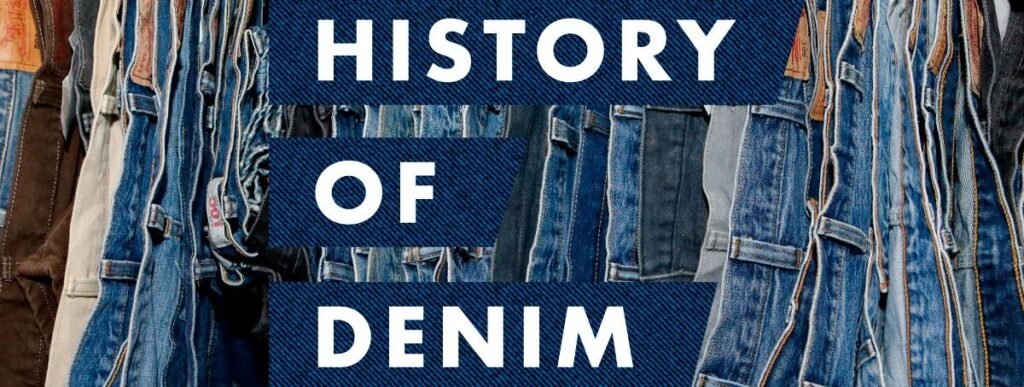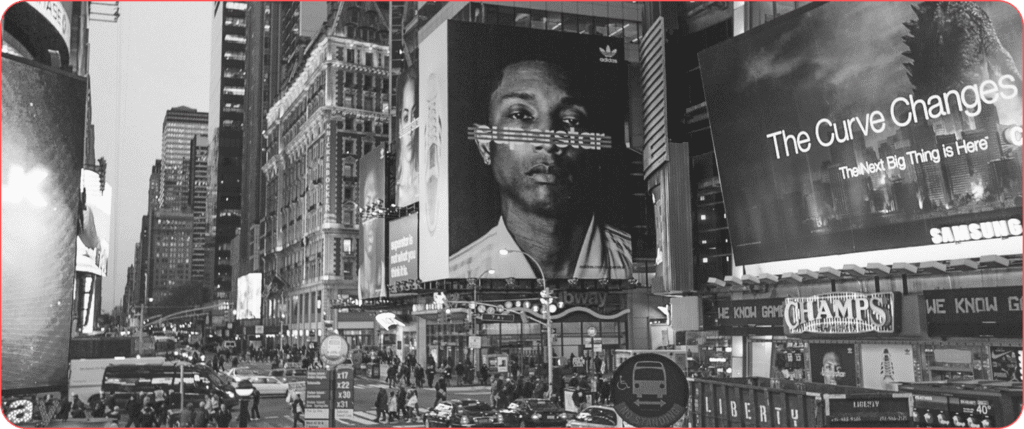Denim is everywhere. We wear it to work, to parties, on runways, and on lazy Sundays. But this rugged blue fabric—synonymous with jeans and modern style—has a complex, global history rooted in colonial trade, slavery, rebellion, and reinvention.
In this article, we explore the history of denim, from its European origins and use in slavery, to its transformation into a symbol of pop culture, personal freedom, and global fashion.
Origins of Denim: French Fabric Meets Global Influence
The word “denim” comes from the French phrase “serge de Nîmes”, referring to a tough, twilled fabric made in Nîmes, France during the 17th century. At the same time, a similar fabric was being produced in Genoa, Italy, worn by sailors—giving rise to the English word “jeans.”
Though Europe gave us the name and initial textile, denim’s deeper legacy is interwoven with African expertise and American slavery.
Denim and the Enslaved: The Forgotten Chapter
Before denim became mainstream fashion, it was already present in colonial America—but not in the way we might imagine.
“Negro Cloth” and Enforced Labor
In the 18th and early 19th centuries, American plantation owners purchased cheap, durable cotton fabrics—like denim and osnaburg—to clothe enslaved Africans. These rough materials were often referred to, disturbingly, as “Negro cloth.” Designed for hard labor, these garments were functional, uncomfortable, and dehumanizing by intent.
Denim became part of the uniform of slavery—a daily reminder of forced work under brutal conditions.
African Indigo Knowledge
The iconic indigo blue color of denim? That too has African roots.
West Africans had long cultivated and dyed with indigo plants, developing complex techniques passed through generations. When enslaved Africans were brought to the American South, they carried this agricultural and dyeing knowledge, which fueled the indigo trade in colonies like South Carolina and Georgia.
So while denim is often viewed through an American lens, its foundational elements—cotton, indigo, and labor—were deeply shaped by African contributions under colonial exploitation.
Levi Strauss, the Gold Rush & the American Workwear Revolution
Fast forward to 1853, during the California Gold Rush. A German immigrant named Levi Strauss arrived in San Francisco, selling supplies to miners. When a tailor named Jacob Davis approached him with an idea to reinforce trousers with metal rivets, they partnered—and in 1873, patented what we now know as blue jeans.
Made from durable denim, these pants became essential gear for miners, farmers, and railroad workers across the American West.
From Workwear to Rebellion: Denim’s Cultural Evolution
Denim’s shift from hard labor to high fashion didn’t happen overnight—but when it did, it reshaped pop culture forever.
1950s: The Rebel Uniform
Jeans became popular with American youth after stars like James Dean and Marlon Brando wore them in films. They were banned in schools, linked to juvenile delinquency—and young people loved it. Denim became a symbol of nonconformity.
1960s–70s: Civil Rights and Counterculture
During the Civil Rights Movement, many Black activists wore denim over formal attire—claiming their working-class identity and rejecting assimilation into white societal norms. It became a symbol of resistance and authenticity.
At the same time, hippies and anti-war protestors embraced denim as a unifying look of rebellion.
1980s–90s: The Fashion Explosion
Denim moved from protest to profit. Brands like Calvin Klein, Guess, and Diesel turned jeans into luxury fashion. From acid wash to baggy styles, denim ruled runways, streets, and music videos.
Denim Today: Global Culture, Local Labor
Denim is now a $90+ billion global industry, worn across every continent. Yet even today, its production often relies on low-paid labor in countries like Bangladesh, India, and Vietnam—echoing the economic imbalance from its past.
Bangladesh, in particular, has become a top global exporter of denim, employing millions in the garment sector. While denim today represents freedom and self-expression, its journey continues to be shaped by class, race, and labor economics.
The Future of Denim: Sustainability and Revival
Denim production is notoriously water-intensive and polluting. As environmental awareness rises, brands are turning to:
-
Organic cotton
-
Recycled denim
-
Laser finishing instead of chemical washes
-
Natural indigo dyes
Sustainable fashion is bringing new meaning to denim—respecting both people and the planet.
Denim Is More Than Just Fabric
Denim’s story is not just about fashion. It’s a global, emotional, and political history that includes:
-
European craftsmanship
-
African agricultural wisdom
-
The trauma of slavery
-
The spirit of rebellion
-
The power of reinvention
Wearing denim today carries with it this layered legacy. Every thread tells a story—of oppression, innovation, resistance, and style.


